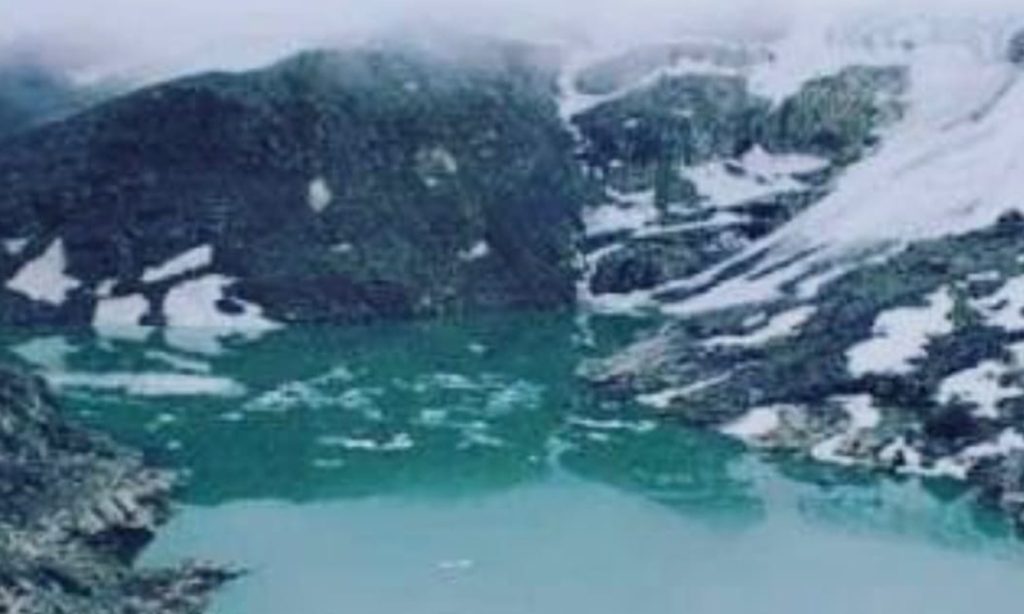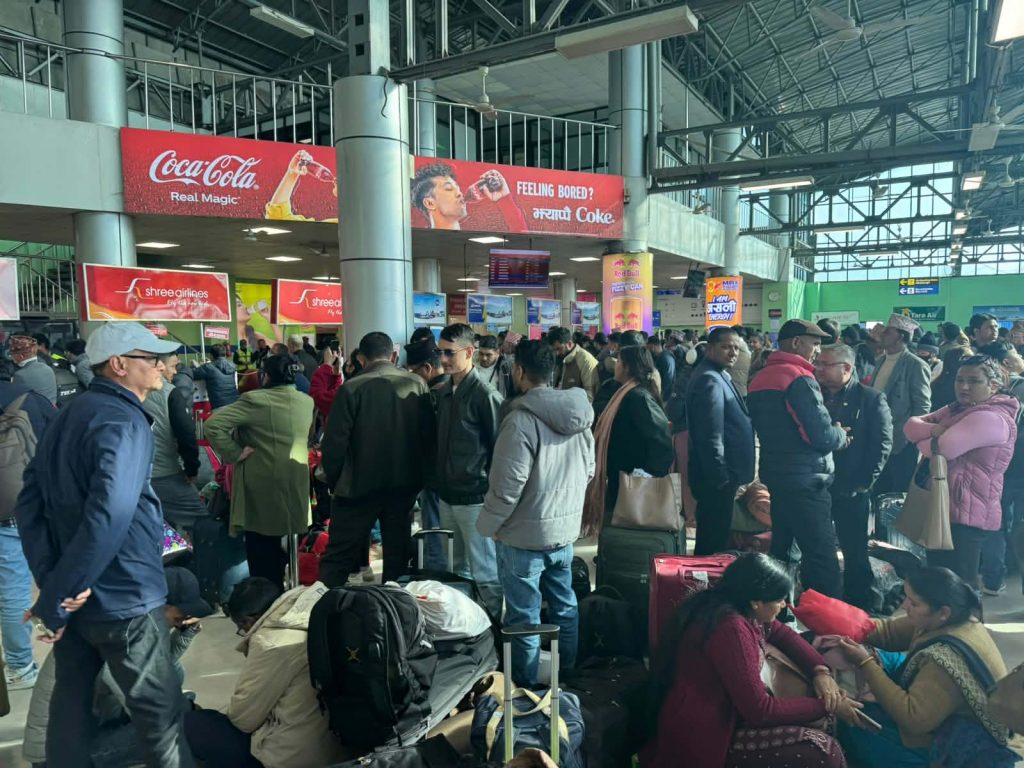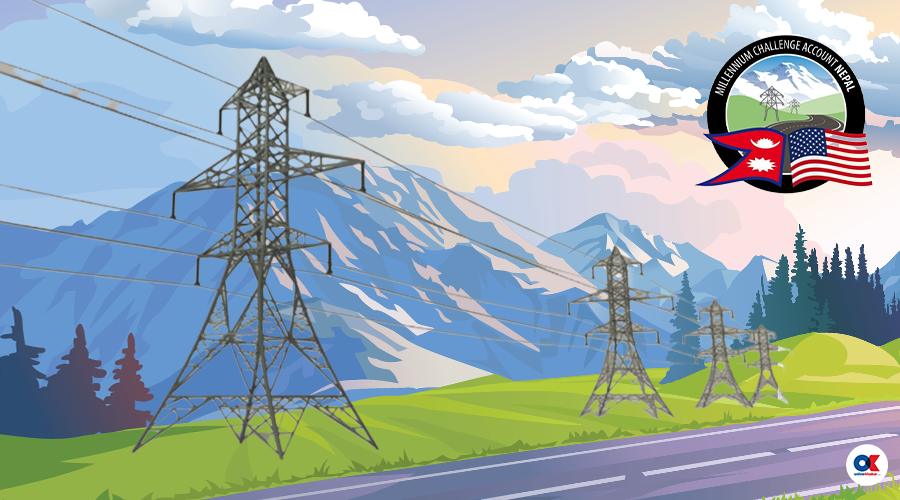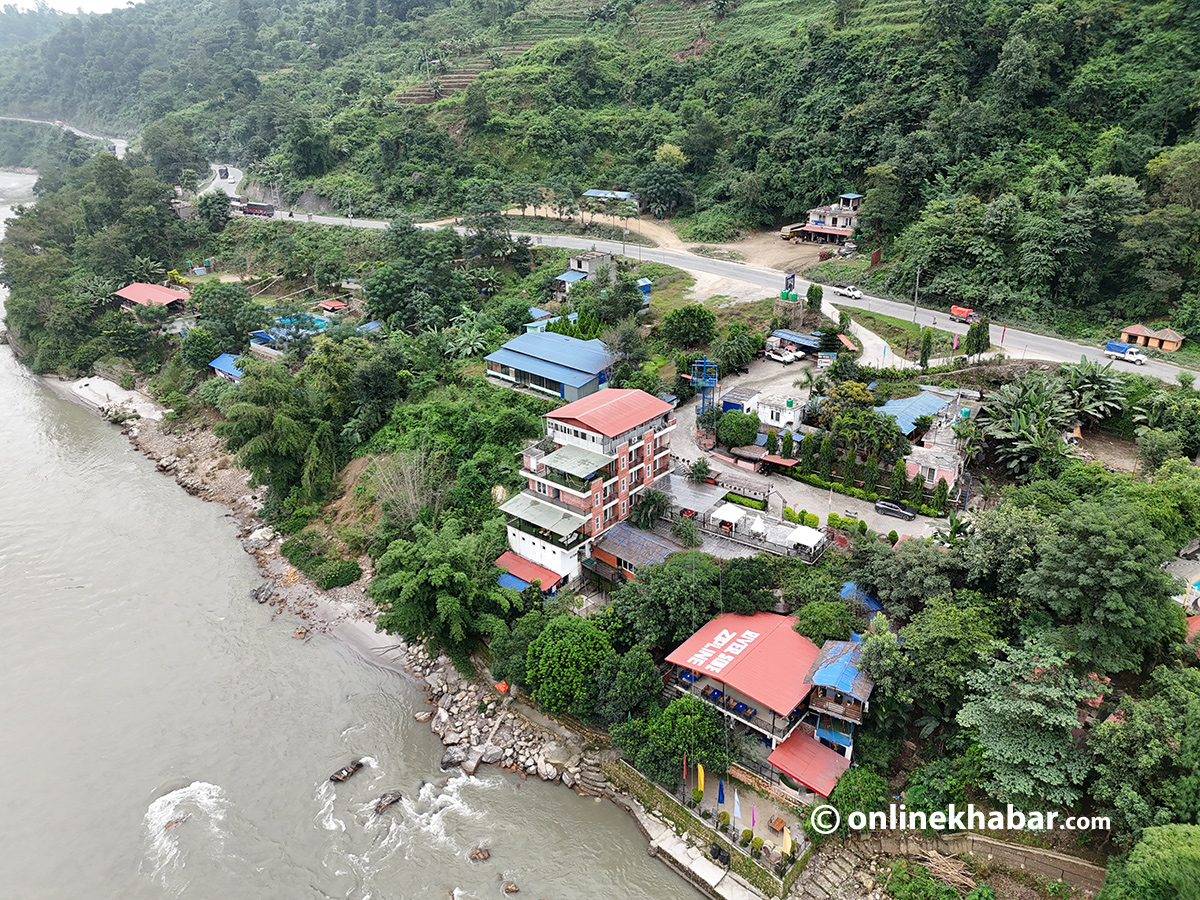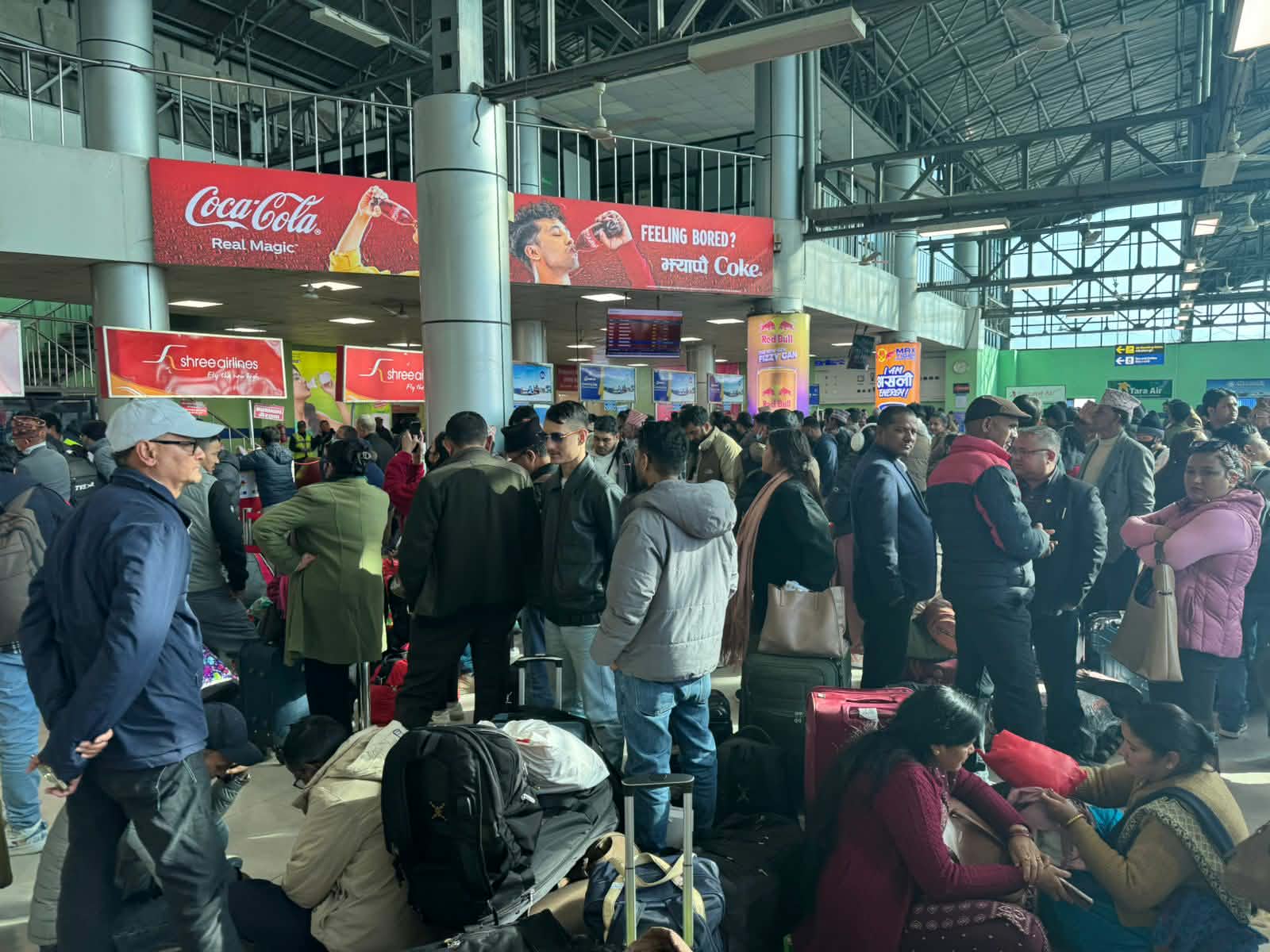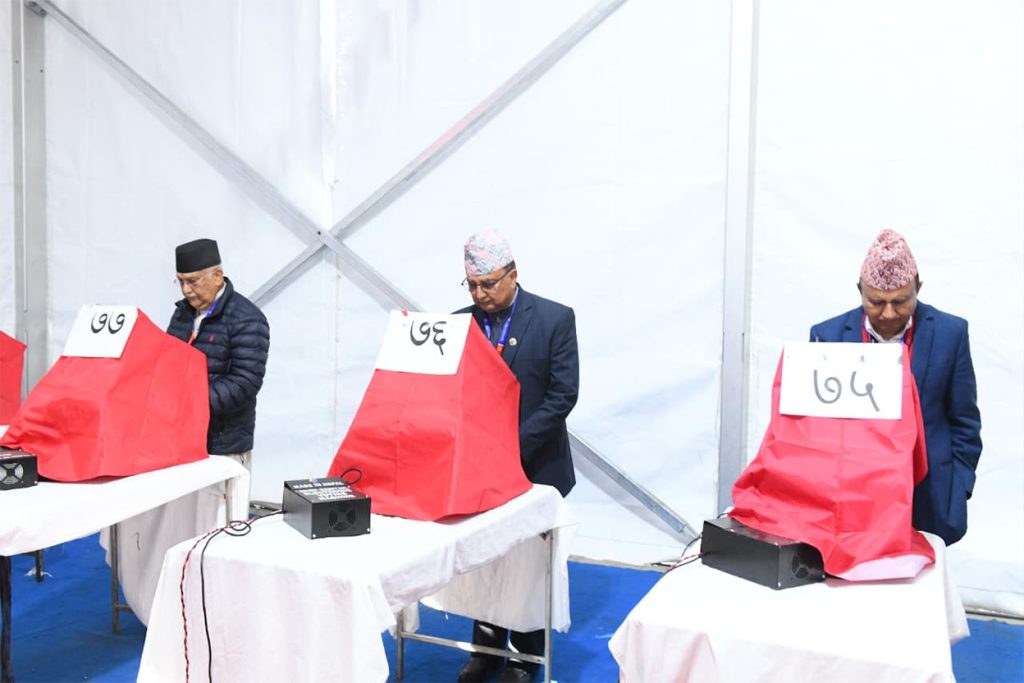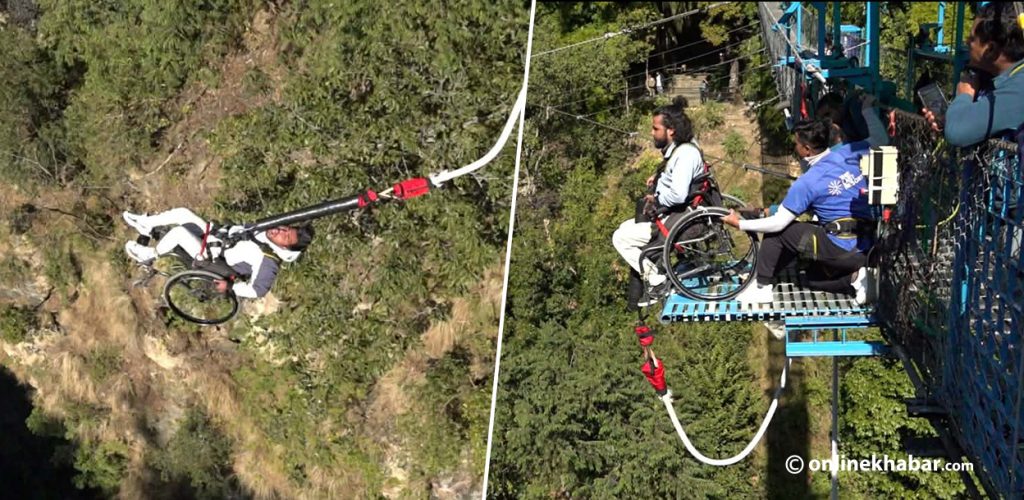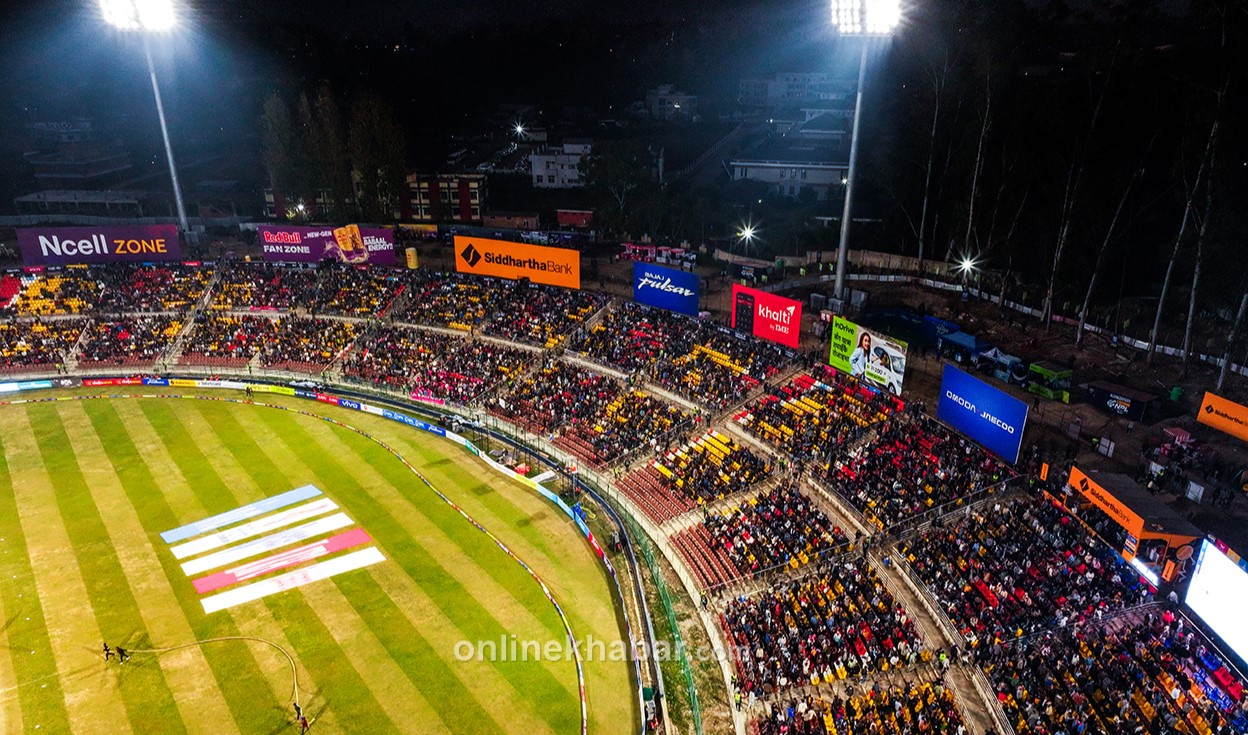
Kathmandu, January 7
As the mercury dips in Kathmandu Valley, residents are not only battling the extreme cold but also a significant surge in air pollution. On January 6, Air Quality Index (AQI) for the valley reached a hazardous 250, raising health concerns across the region.
Environmental expert Bhushan Tuladhar explains that air pollution tends to spike during winter. “Cold air remains near the ground, trapping pollutants. As temperatures rise in the afternoon, the pollution disperses, but the damage is already done,” he stated. He also highlighted that the common practice of burning garbage, tires, and firewood during the cold season exacerbates the pollution levels.
Currently, Kathmandu Valley ranks as the fifth most polluted city in the world, trailing behind Lahore, Pakistan, which tops the list with an AQI of 341. Other cities in the rankings include Kolkata, India, with an AQI of 248, Ulaanbaatar, Mongolia, at 238, and New Delhi, India, with an AQI of 227.
Disaster management expert Dr Dharmaraj Upreti outlined the health implications of various AQI levels. “An AQI of 0-50 is considered good, while 51-100 signals caution. Levels between 101-150 can cause respiratory issues and are hazardous for heart patients. An AQI of 151-200 is unhealthy, and anything above that is extremely unhealthy,” he explained.
In response to the rising pollution, the Air Quality Management Action Plan-2076 BS designates an AQI above 300 as a disaster. The plan includes measures such as halting waste burning, increasing road cleaning with broomers and vacuums, and issuing public advisories for vulnerable populations, including children, seniors, and patients.
To combat pollution, the government’s National Environment Policy-2076 BS outlines a strategy to establish and enforce national standards for air, water, soil, sound, electromagnetic waves, radioactive radiation, and hazardous chemicals. As part of this strategy, quality measurement centers will be set up in major cities, industrial hubs, and other high-risk areas to monitor air, water, and noise pollution.
As Kathmandu Valley grapples with its deteriorating air quality, urgent and coordinated efforts are needed to safeguard public health and the environment.





